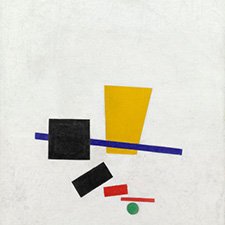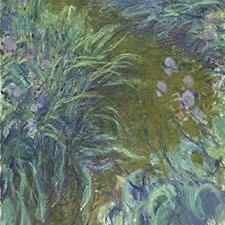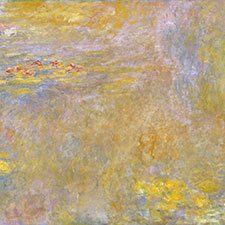Cobalt Violet
Artificial inorganic pigmentComposition and Properties of Cobalt Violet
Cobalt violet is either cobalt phosphate Co3(PO4)2 either anhydrous or crystallized with different numbers of water molecules. The second possibility is cobalt arsenate Co3(AsO4)2. The newer samples may contain cobalt ammonium phosphate CoNH4PO4 and also lithium cobalt phosphate LiCoPO4.
References
(1) Marie-Claude Corbeil, Jean-Pierre Charland and Elizabeth A. Moffatt, The Characterization of Cobalt Violet Pigments Studies in Conservation, Vol. 47, No. 4 (2002), pp. 237-249
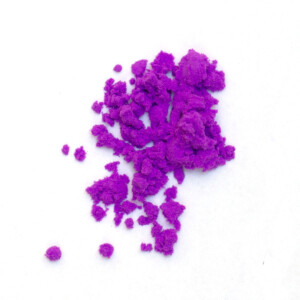
Pigment
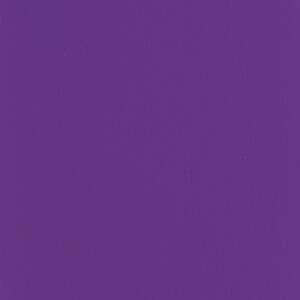
Painted swatch
Names
Alternative names
Color Index
PV 14, CI 77630
Word origin
From the German word Kobold meaning evil house spirit. The name was originated by medieval miners who believed, that cobalt ores made it difficult to extract silver from silver ore.
Cobaltviolet
German
Violet de cobalt
French
Violetto di cobalto
Italian
Violeta de cobalto
Spanish
Preparation of Cobalt Violet
Attention: Cobalt compounds are highly toxic and should not be handled by people not trained to do so.
Preparation of cobalt phosphate in the lab
Cobalt (II) phosphate can be prepared by the reaction of a solution of cobalt (II) chloride with a solution of sodium hydrogenphosphate. 2 g cobalt (II) chloride CoCl2 and 1,3 g of sodium hydrogenphosphate Na2HPO4 are each separately dissolved in 20 mL of deionized water.
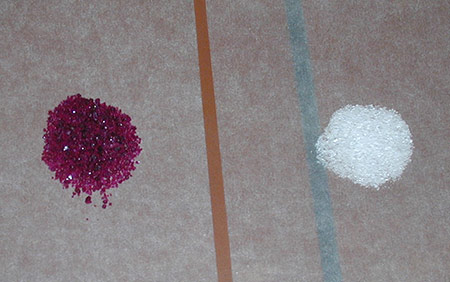

The solutions are then poured together and the resulting precipitation of cobalt (II) phosphate is then filtered, dried and homogenized in a mortar.

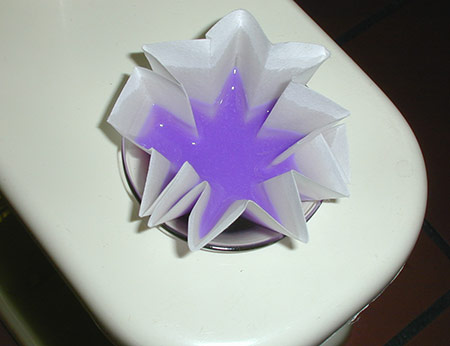
Video: 'Preparation of cobalt phosphate' by The Alchemical Arts
Video: 'Arsenic-based pigments (cobalt arsenate)' by Hegelrast
History of Use
This pigment was discovered in 1859 by Salvétat and was used since this time in all its variations until the present.
Examples of use
Claude Monet, Bathing at La Grenouillère, 1869

7 Mauve colored flowers on the left: cobalt violet mixed with other pigments.
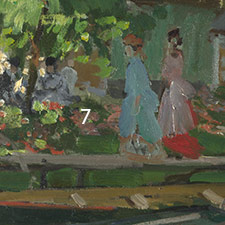
Identification
Fiber Optics Reflectance Spectra (FORS)
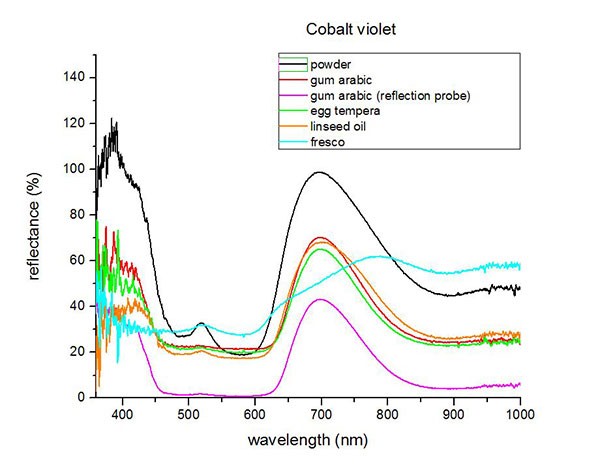
Spectra by A. Cosentino, Cultural Heritage Science Open Source (CHSOS)
Raman Spectrum
(2) F. Casadio, A. Bezúr, I. Fiedler, K. Muir T. Trad and S. Maccagnola, Pablo Picasso to Jasper Johns: a Raman study of cobalt-based synthetic inorganic pigments, Special Issue: Raman spectroscopy in art and archaeology, Volume 43, Issue 11, pages 1761–1771, November 2012.
X-Ray Fluorescence Spektrum (XRF)
XRF Spectrum in the Free XRF Spectroscopy Database of Pigments Checker, CHSOS website.
References
(1) Marie-Claude Corbeil, Jean-Pierre Charland and Elizabeth A. Moffatt, The Characterization of Cobalt Violet Pigments Studies in Conservation, Vol. 47, No. 4 (2002), pp. 237-249

Microphotograph
image © Volker Emrath
Further Reading
References
(1) Marie-Claude Corbeil, Jean-Pierre Charland, and Elizabeth A. Moffatt, The Characterization of Cobalt Violet Pigments Studies in Conservation, Vol. 47, No. 4 (2002), pp. 237-249.
(2) F. Casadio, A. Bezúr, I. Fiedler, K. Muir T. Trad and S. Maccagnola, Pablo Picasso to Jasper Johns: a Raman study of cobalt-based synthetic inorganic pigments, Special Issue: Raman spectroscopy in art and archaeology, Volume 43, Issue 11, pages 1761–1771, November 2012.
(3) S. Muntwyler, J. Lipscher, HP. Schneider, Das Farbenbuch, 2nd. Ed., 2023, alataverlag Elsau, pp. 94-95.

